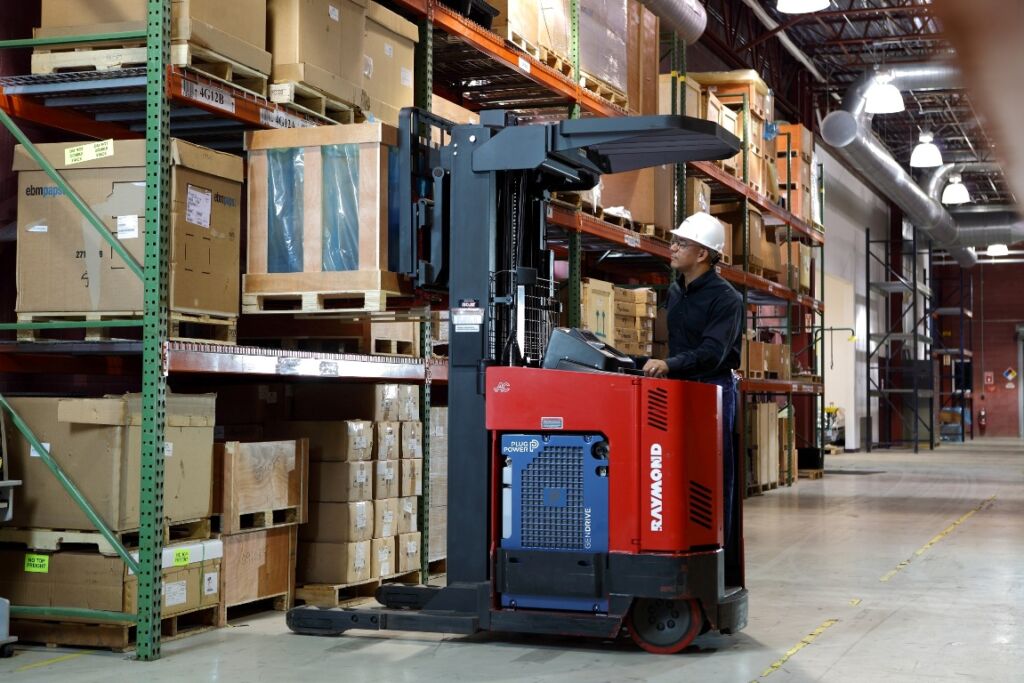MHI Report 2022 Says Hiring Qualified Talent Remains a Problem
How hydrogen fuel cells can help companies at a time of worker shortages.
Although supply chain disruptions remain the biggest challenge for companies today, hiring and retaining qualified workers is still a top obstacle, according to an annual report of the industry recently released by MHI and Deloitte.
The report, titled “Evolution to Revolution: Building the Supply Chains of Tomorrow,” surveyed more than 1,000 supply chain professionals from a range of companies and industries around the world. The report detailed the top challenges facing supply chain professionals today, and the technologies being used to address those challenges.
“Supply chain leaders have never been in a better position to drive impactful and lasting change for the industry,” John Paxton, CEO of MHI, said in the report. “With the white-hot media spotlight chronicling the after-effects of the pandemic, the importance of supply chain is finally coming into focus in boardrooms across the world.”
The Worker Shortage Problem
In the last nine years of the survey, hiring and retaining qualified workers remained a top concern with 54% of respondents reporting it as “extremely or very challenging” to find workers.
“With more than half a million job openings currently available, manufacturers say it is 36% harder to find talent today than in 2018,” the report stated. “Similarly, this year’s survey results show that attracting and retaining a quality workforce remains one of the top business challenges for 2022.”
Despite the challenges, 64% of respondents said their investment in innovation was increasing as a result of the challenges.
“Of the 64% of respondents increasing investments, 66% say they will spend more than $1 million over the next two years,” the report stated. “Investments are particularly growing in the middle ranges from $5 million up to $100 million – 18% say they will spend more than $10 million, where 41% say they spend more than $5 million and 18% say they will spend more than $10 million. (Figure 2).”
Of course, investing in innovation could also revive the supply chain industry, the report said.
The Hydrogen Fuel Cells Solution
For supply chain professionals looking to modernize their operations while coping with worker shortages, the solution is hydrogen fuel cells. Studies show that companies, such as Walmart and Kroger, that upgraded to hydrogen fuel cells saw a 15% increase in productivity. Imagine the impact a company could see if its current workforce could be 15% more productive.

For high-throughput facilities, time is critical. Facility managers tell us that when a production facility is operating 24/7, any downtime means a loss in sales (as much as $7,000 per minute in profits for auto manufacturers), as they cannot get back the lost time. By replacing batteries with hydrogen fuel cells in MHE fleets, facilities can operate at increased efficiency, ultimately protecting companies from losses.
But, it isn’t just increased productivity that companies will see when upgrading to hydrogen fuel cells. Companies that convert from batteries to hydrogen fuel cells can reduce greenhouse gas emissions by up to 80%. In turn, this can have a lasting impact on industries, economies and the world.
A responsible and purposeful approach to ESG that embraces the needs of all stakeholders can make a supply chain more robust and less vulnerable to ESG risk,” the MHI report stated. “Even a relatively small and focused effort to improve an organization’s contribution to society, such as investing in a more environmentally friendly water treatment process, can have significant and lasting impacts on local communities and economies.”
To read the full MHI report, go to mhi.org/publications/report.
For more information about Plug’s products for material handling, contact us at https://www.plugpower.com/contact-us/.